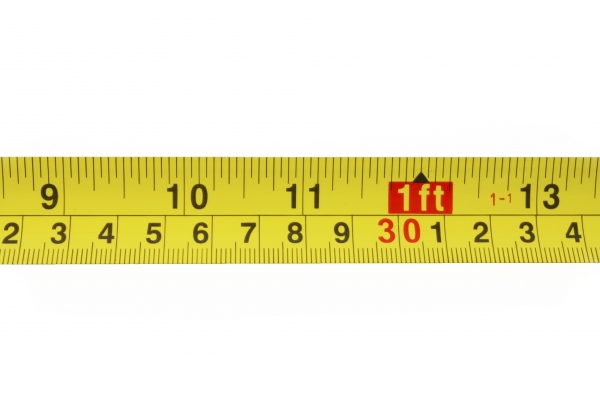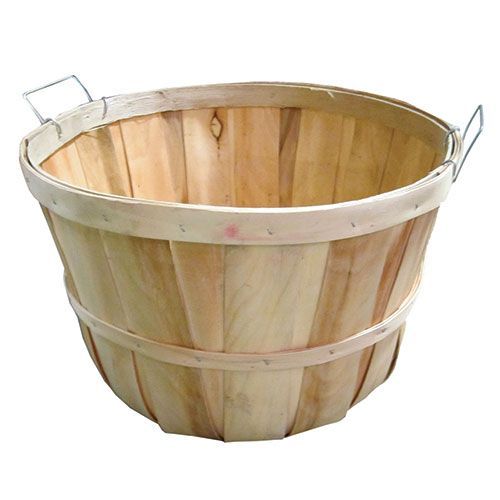This post was initially written as a comment to a YouTube video by Steve Ramsey (WoodWorking for Mere Mortals) titled, Metric or Imperial Measurements: Does it matter in the workshop?
It is standard practice on metric technical drawings to make all dimensions in millimeters. This eliminates the need to write mm everywhere, and it is assumed that the accuracy is within 1 mm. For metals, one should be using a metal measuring device that will automatically compensate for temperature changes, or work at a standard temperature.
Length
One secret of using metric lengths, is to physically separate meters from the remaining millimeters. I treat these as fractions of a meter. My experience as a teacher, is that many people are blind to large numbers. They may be able to understand 36 mm, or even 254 mm, but at some point numbers go off scale, and are interpreted in that person’s brain as a big, meaningless numbers. Taking the video’s example of a table at 1676 mm, it looks and feels like a large number, too large to understand. Therefore, I separate the meters, and write the length as 1 676. The space after the meter measurement is a key to understanding. In this case, there is 1 meter, and about 2/3 of a meter (676/1000). The reason I use a space rather than a comma, is that I live in a country that uses decimal commas, rather than decimal points. Space, comma, period it makes no difference, as long as one can see the separation.
Steve complains that the individual markings for millimeters on metric scales are confusing because the millimeter lines are the same length. I have to agree that the imperial measures are more readable because they have different line lengths for feet, inches, half inches, quarter inches, eighth inches and sixteenth inches. Metric tapes tend to distinguish 10 cm = 100 mm, 1 cm = 10 mm, 5 mm and 1 mm.

Volume
The same approach can be used with metric volume measurements. There are two important volumes, the cubic meter and the litre, where 1 000 liters = 1 cubic meter. Once again, by separating out the value with a space after three digits, one is able to process the information better visually.
For values less than one liter, the millilitre is used. Here, I use a decimal delineator – a . (period) rather than a , (comma) to separate the value. Once again, both approaches are used in different parts of the world.
I try to avoid all conventional units such as teaspoons, tablespoons, cups and even the notorious dash.
An Amusement
Looking for suitable units to use when discussing volume less than one litre, I tried to find something familiar to work with – Root beer! At one site, I came across the recipe for California Root Beer, and decided to have a look. Using the site’s automatic metric converter, here is the result for 1 serving of California root beer:
28.35 g Coffee Liqueur
28.35 g Herbal Liqueur
56.70 g Club Soda
28.35 g Cola
1 Splash(s) Bitter Beer
This recipe is amazingly accurate, right down to 0.01 grams. There are no scales in the house that are that accurate! The original units in the recipe were liquid ounces, however, so these values should have been expressed in litres, except for the splash of bitter beer, that remains the same in both systems of measurement. With this recipe, the only thing missing is the root beer!
An Aside:
Yes, I have written my last measurement of grain expressed in bushels. For those fortunate enough to grow up with the metric system here is a summary:
1 imperial bushel = 8 imperial gallons = 4 imperial pecks = 36.36872 litres
1 US bushel = 8 US dry gallons = 4 US pecks = 35.2391 litres
In school, these values, minus the metric equivalent, were memorized, but I had no idea what a bushel actually looked like until a librarian, and subscriber to this weblog, caught me cutting the grass one day, and commented that I had put the cuttings into a bushel basket, to transport them to our compost heap. Finally, at the tender age of 21, I was able to visualize a bushel!


